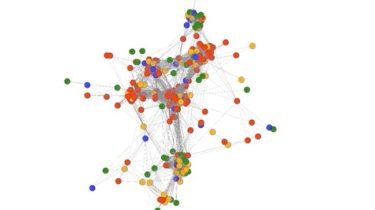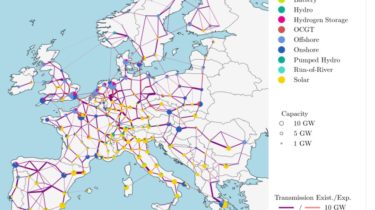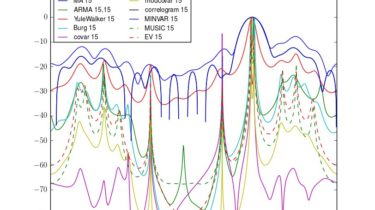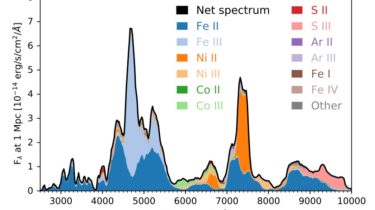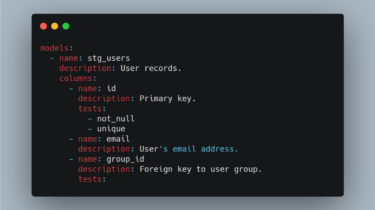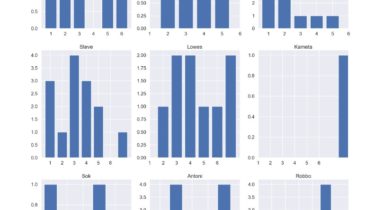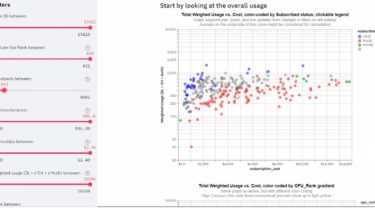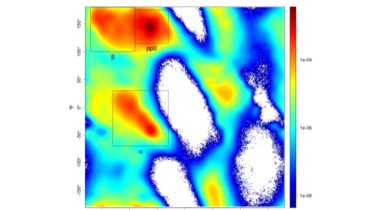Domain Connectivity Analysis Tool In Python
DomainCAT (Domain Connectivity Analysis Tool) “See Connections Between Domains Right Meow” The Domain Connectivity Analysis Tool is used to analyze aggregate connectivity patterns across a set of domains during security investigations This project was a collaborative effort between myself and Matthew Pahl Introduction When analyzing pivots during threat hunting, most people approach it from the perspective of “what can a singlepivot tell you?” But often actors will set their domains up to use commodity hosting infrastructure, so the number ofentities […]
Read more